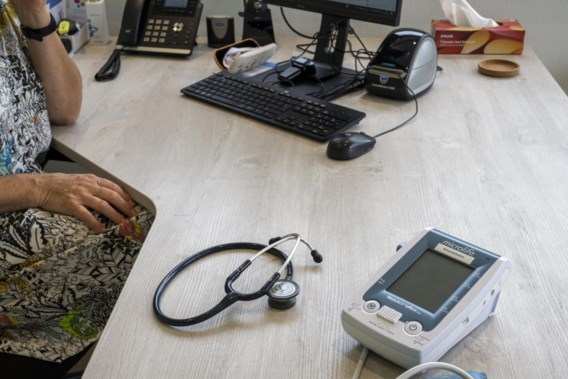Since the end of November 2022, employees in large companies (more than 50 employees) no longer have to submit a medical certificate for one day of absence. This is only allowed for a maximum of three days per year and only for the first day of the absence period. A new study by HR service provider Securex based on the salary data of almost 200,000 employees at 23,688 companies shows that this ‘abolition’ has a significant impact on absenteeism due to illness.
Significant increase
“Frequent absenteeism in particular, the percentage of employees who report sick three or more times in one year, increased by 2.2 percent to 16 percent in 2023, although the total percentage of employees with days of absence fell by 3.3 percent and the overall frequency of illness remained virtually stable on an annual basis at 1.3 times,” says Heidi Verlinden, researcher at Securex.
In search of an explanation, Securex found a striking difference: “In companies with more than 50 people, the percentage of employees who reported sick three or more times in one year increased by 5.74 percent, while there was a decrease of 3.88 percent in smaller companies.
When we zoomed in on the one-day absences, they appeared to have increased three times faster in the larger companies, those where a sick note is no longer required for one day of absence, than in the smaller ones, where a doctor’s note is still required, also for one day.”
Heidi Verlinden does not want to say whether all those absent for one day are going to cut corners or treat themselves to a day off. “Maybe there are some, but I think that most one-day absentees are definitely not feeling well and reason: ‘If I feel better tomorrow, I will go to work, if not I will go to the doctor.’ Because if we compare absences for two, three or more days up to one month, we see no difference between large and small companies.”
Grist for employers’ mill?
However, previous studies indicated that the abolition of the sick note had no effect on absenteeism. “We did not see any significant effect on the short-term illness rate in the first half of 2023,” Verlinden admits. “Perhaps the analysis was done too quickly and the new scheme was not yet sufficiently known. We then only looked at the total illness percentage: the effect of more one-day absences is ‘averaged out’ as longer absences are included. And the first analyzes were done at pioneers, probably companies with a good balance between results and an eye for well-being.”
Were the Unizos and VBOs of this world right after all when they criticized the abolition of the doctor’s note at the time because it would lead to abuses and cost companies? “Further research is needed for this,” says Verlinden. “The abolition of the sick note had no effect on costs during the first half of 2023; That now seems to be the case, albeit to a limited extent. Although this mainly concerns indirect costs, such as administration or the reorganization of workflows. The fact is that several short absences weigh more heavily than one long absence.”


